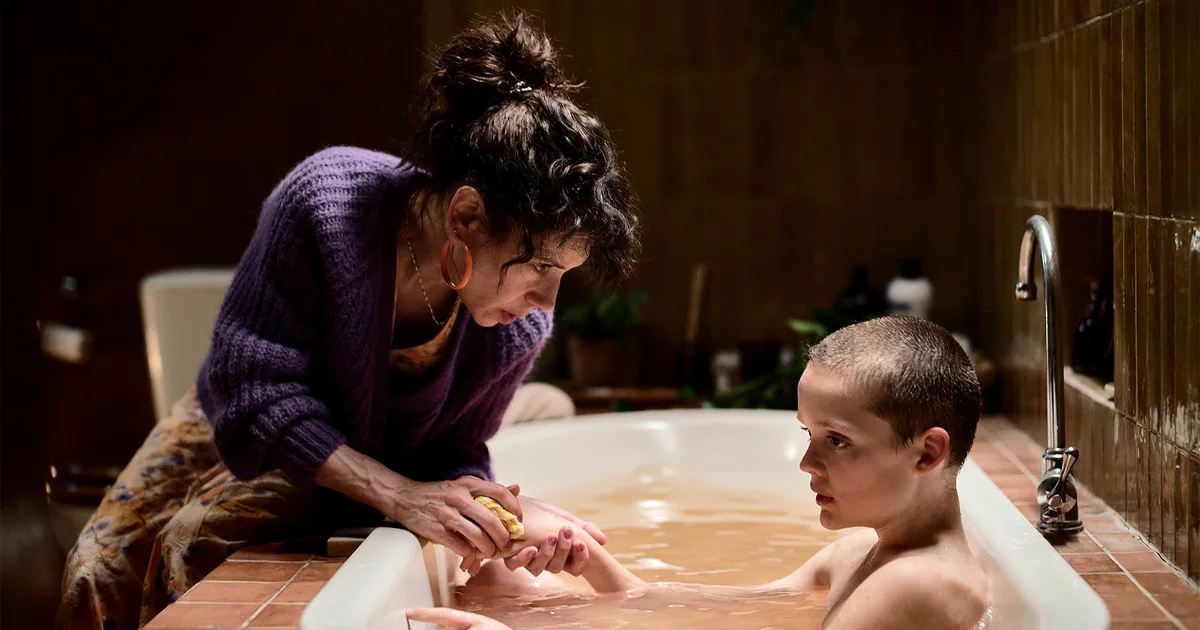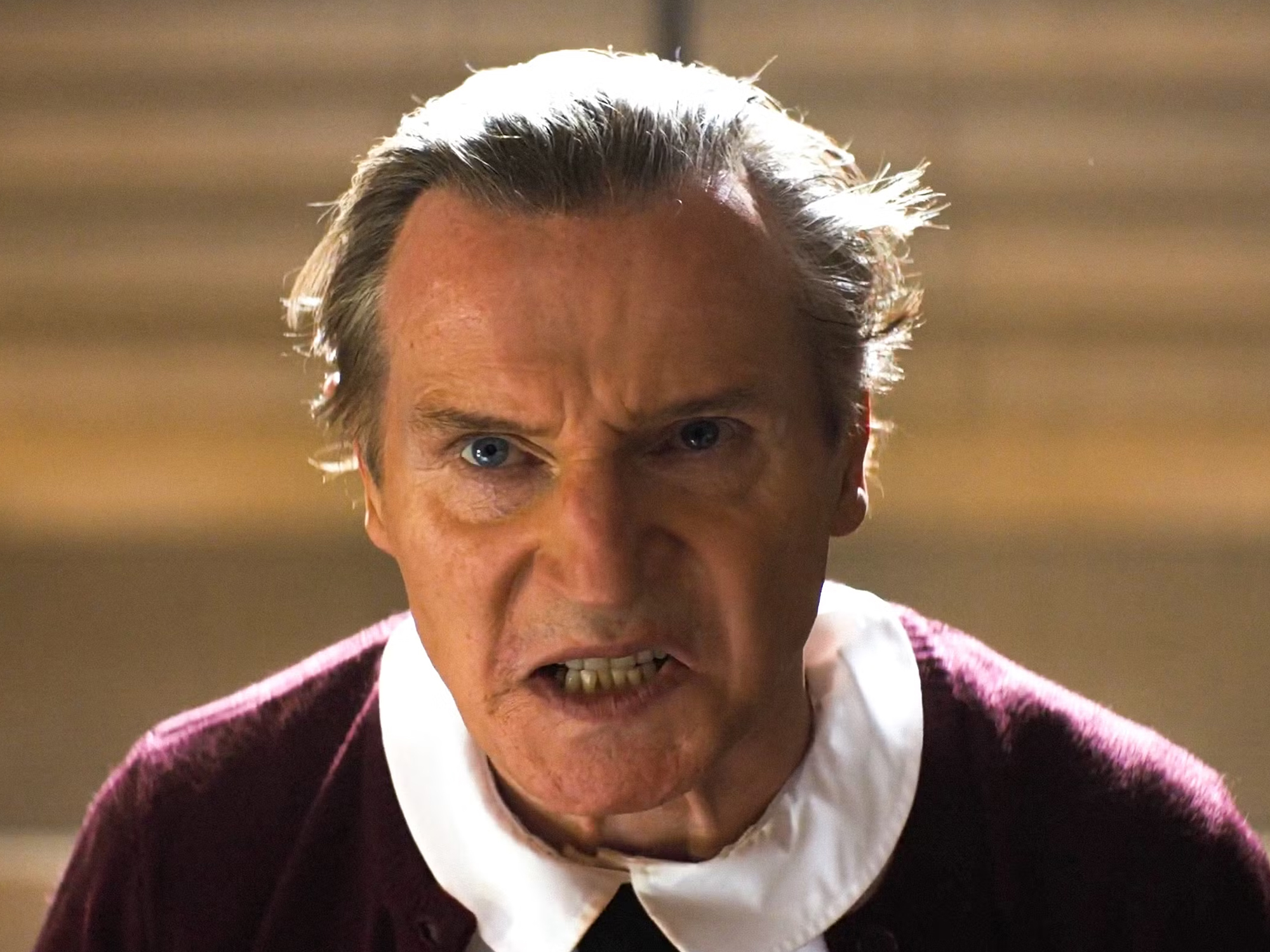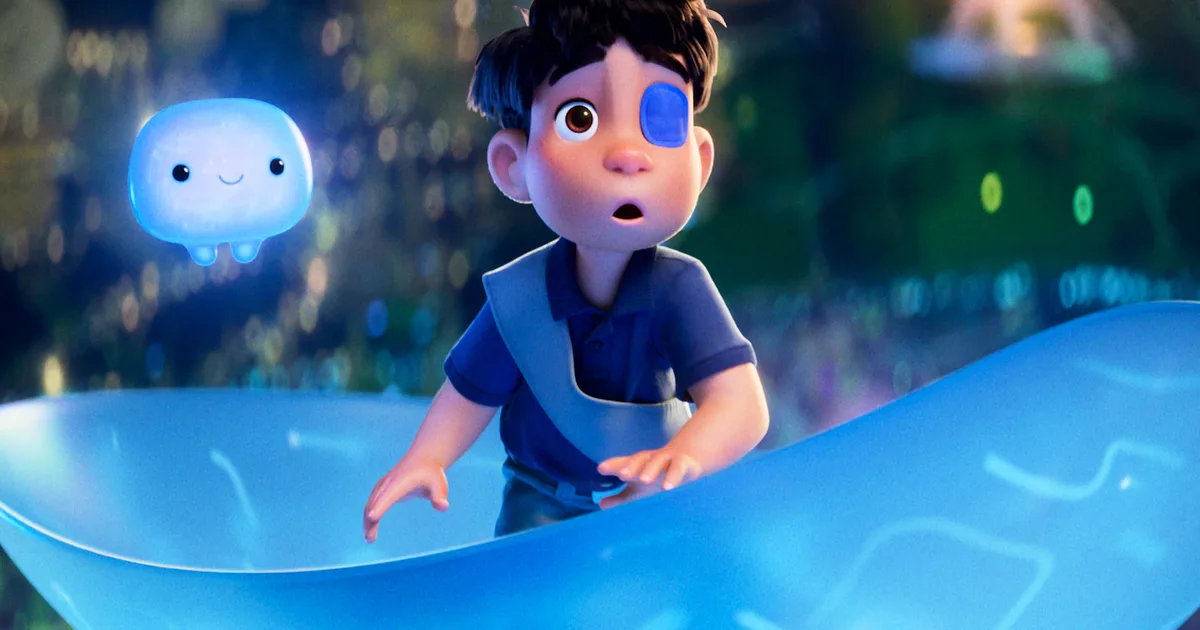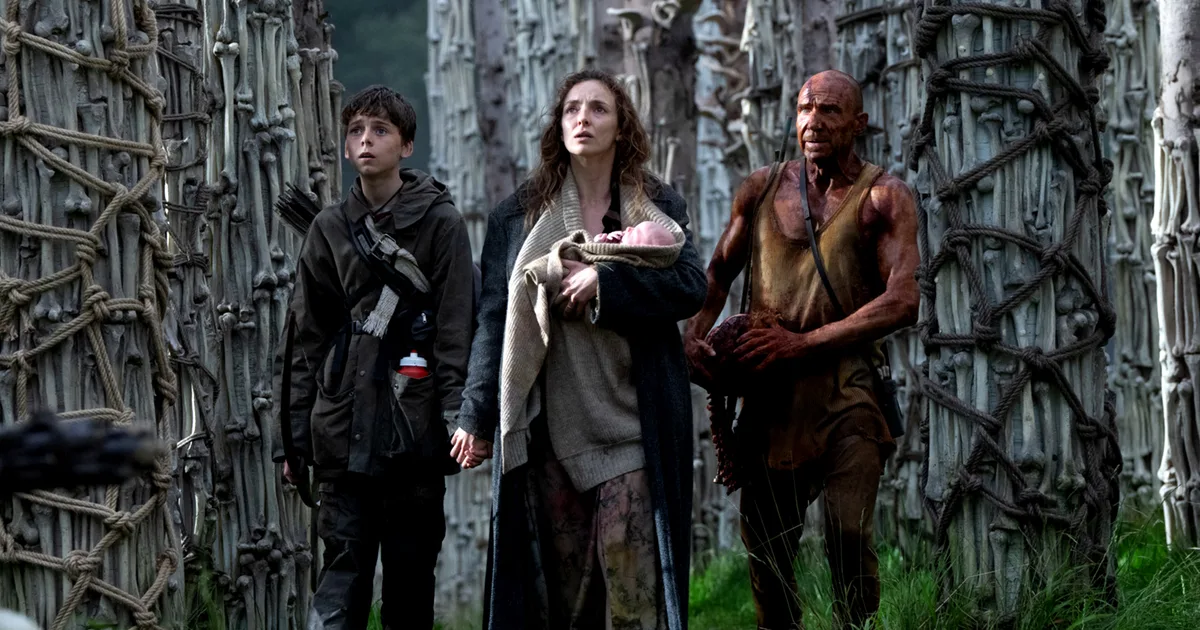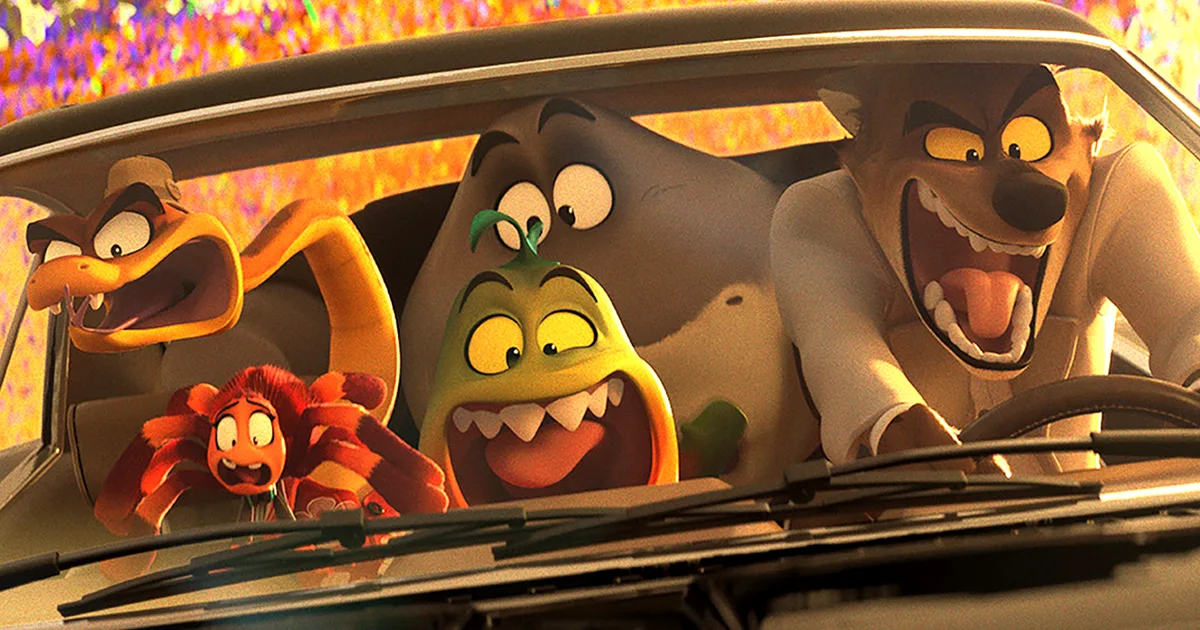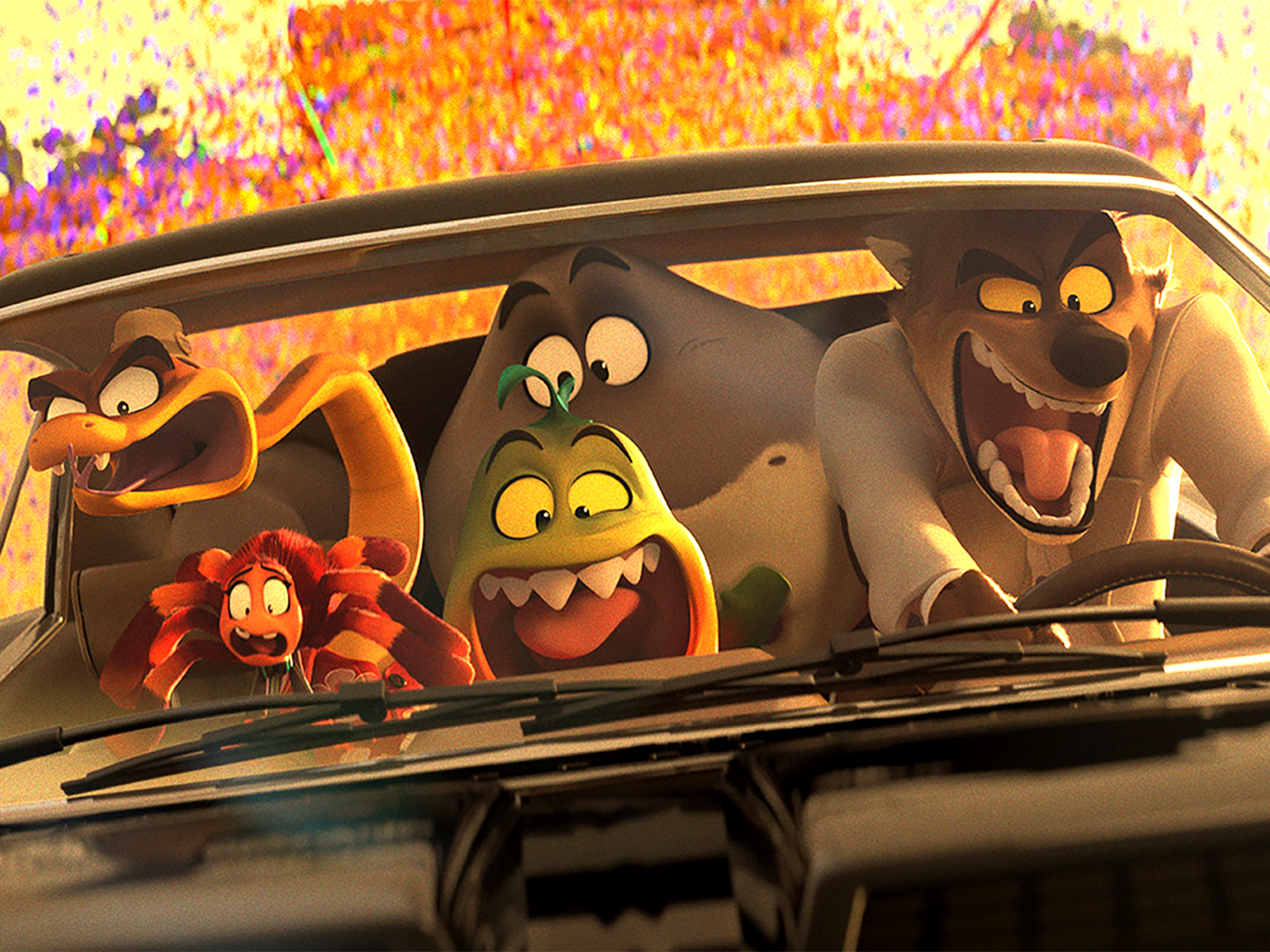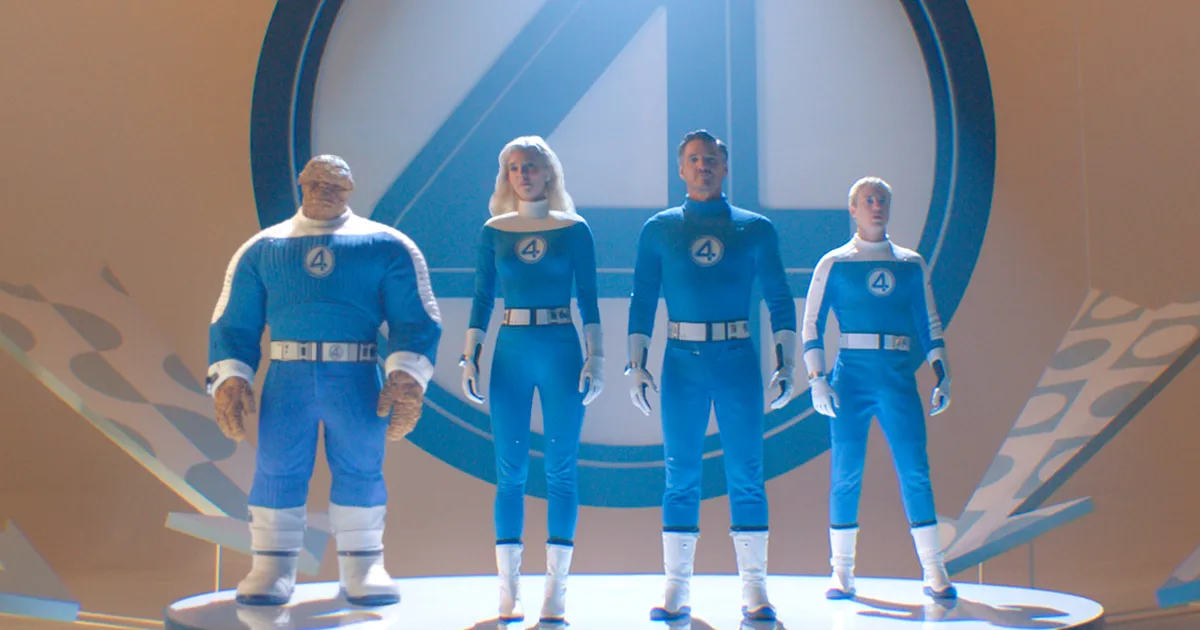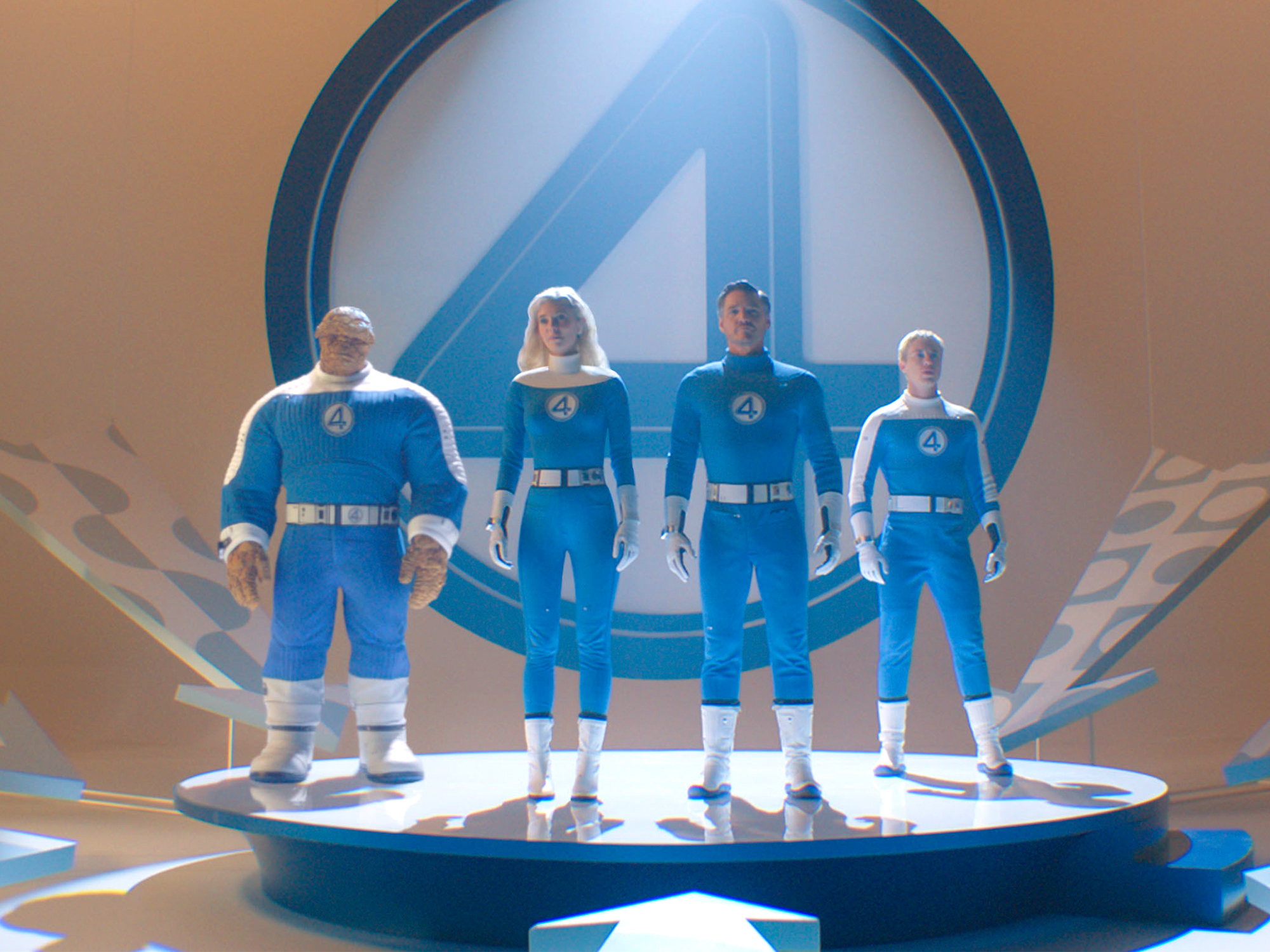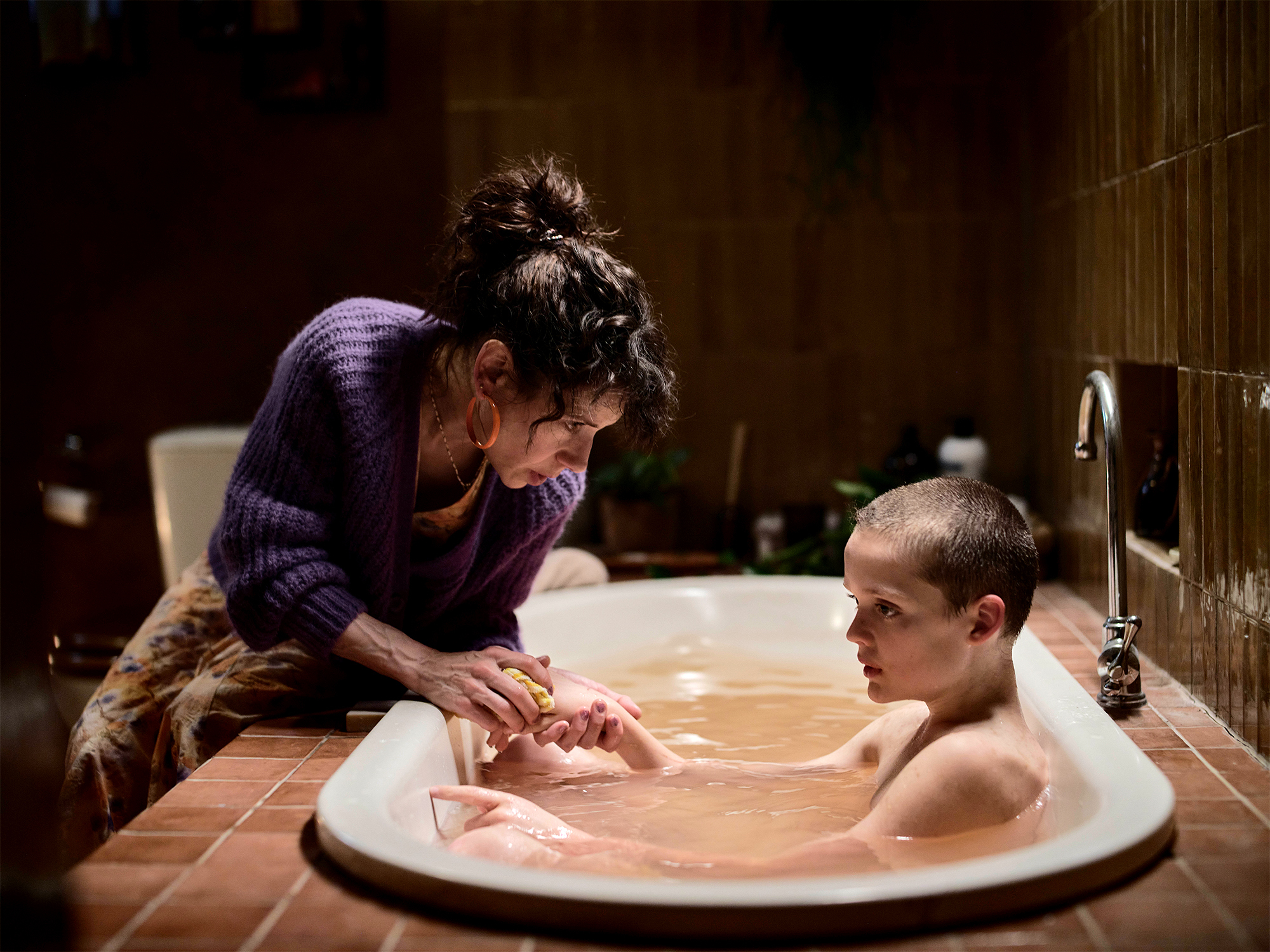
Grief manifests in many ways, which is something Australian twin brothers Danny and Michael Philippou have explored in their horror films by conjuring up exceptionally disturbing images of terror and violence. In their first film and A24 box office smash, Talk to Me, they explored loss from an adolescent perspective through the supernatural. In their atmospheric follow-up they ramp up the brutality with a dysfunctional domestic set-up where a mother still grieving the loss of her daughter fosters two siblings reeling from the sudden death of their father.
From the very opening scene, which shows grainy VHS footage of a gross occult ceremony to the suspicious behaviour of foster mum Laura (Sally Hawkins) towards the visually impaired Piper (Sora Wong) and her older step-brother Andy (Billy Barratt), the Philippous let the audience in on where Bring Her Back is headed early on. It’s clear something nasty is bubbling under the surface and Laura is intentionally gaslighting Andy in order to get closer to Piper, but the filmmakers do deliver mystery surrounding another child, Oliver (Jonah Wren Phillips), who is also under Laura’s supervision and is selectively mute.
Get more Little White Lies
The Philippou brothers have name checked What Ever Happened to Baby Jane? as a touchstone for Laura’s narrative and Hawkins brings a nervous, desperate energy to her performance. The casting of Hawkins against type is a canny move – many may be fond of her bubbly turn in Mike Leigh’s Happy-Go-Lucky or as the caring and creative Mrs. Brown in the first two Paddington films, and it’s her ability to channel that warmth and kindness into something malicious that makes this change of pace so nastily effective.
In fact, the entire ensemble cast does great work. Impressive newcomer Sora Wong, who in real life also has limited vision, fully inhabits the role of a determined yet naïve character who looks up to her older brother, while Billy Barratt’s is a performance of pure vulnerability shot through with a palpable sense of unspoken regret. He is super attentive to his sister, and the sibling dynamic is nicely shaded, so when things take a tragic turn, you feel their pain and heartbreak. The Philippous have a real knack of writing credible relationships and there is a piercing melancholy quality to the picture that permeates every inch of the frame. The saucer-eyed Jonah Wren Phillips gets some of the bloodiest scenes to act out, and his dedicated turn provides indelible and horrific images. It’s at once wince-inducing and mesmerising to watch.
The creeping dread, water symbolism and visuals of circles throughout brings to mind classic J‑horror. Andy is haunted by trauma, which is shown in fragmented jump-scare apparitions and flashbacks – Hideo Nakata’s Dark Water and Ring used similar methods to express the worsening of a fragile state of mind. The finale is a comparable feat of precise composition and rasping sound design where characters are drenched in heavy rain and deep confusion. Nearly every character in Bring Her Back is drowning in the depths of despair and desperately clinging on for dear life. Some flail and give into their worst instincts, some sink into oblivion, and others break the waves of grief and cruelty, albeit emerging with terrible scars.
